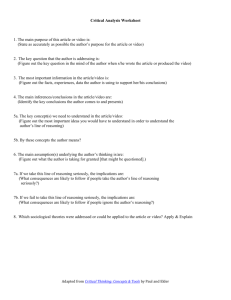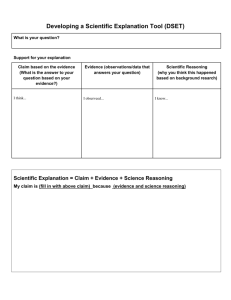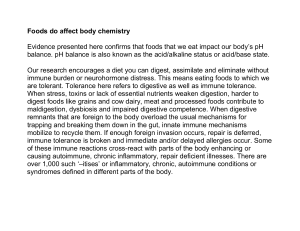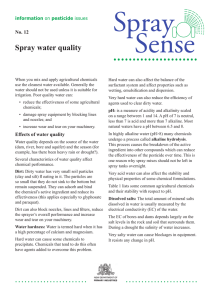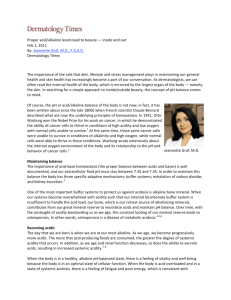Lab Report Guidlines F2011
advertisement
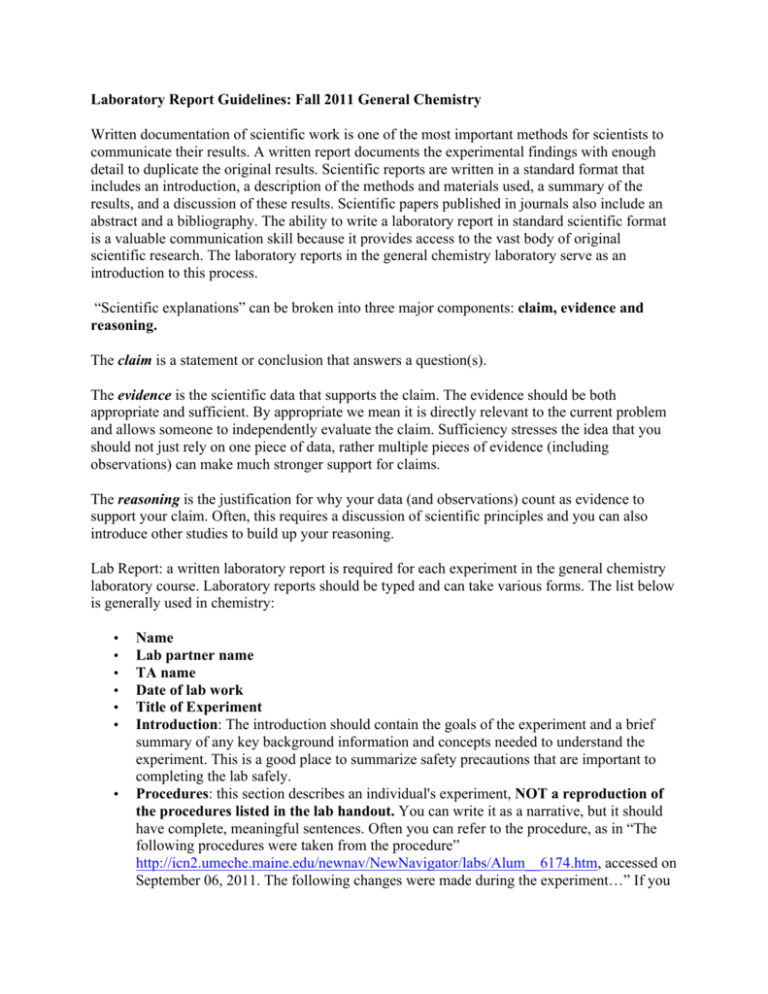
Laboratory Report Guidelines: Fall 2011 General Chemistry Written documentation of scientific work is one of the most important methods for scientists to communicate their results. A written report documents the experimental findings with enough detail to duplicate the original results. Scientific reports are written in a standard format that includes an introduction, a description of the methods and materials used, a summary of the results, and a discussion of these results. Scientific papers published in journals also include an abstract and a bibliography. The ability to write a laboratory report in standard scientific format is a valuable communication skill because it provides access to the vast body of original scientific research. The laboratory reports in the general chemistry laboratory serve as an introduction to this process. “Scientific explanations” can be broken into three major components: claim, evidence and reasoning. The claim is a statement or conclusion that answers a question(s). The evidence is the scientific data that supports the claim. The evidence should be both appropriate and sufficient. By appropriate we mean it is directly relevant to the current problem and allows someone to independently evaluate the claim. Sufficiency stresses the idea that you should not just rely on one piece of data, rather multiple pieces of evidence (including observations) can make much stronger support for claims. The reasoning is the justification for why your data (and observations) count as evidence to support your claim. Often, this requires a discussion of scientific principles and you can also introduce other studies to build up your reasoning. Lab Report: a written laboratory report is required for each experiment in the general chemistry laboratory course. Laboratory reports should be typed and can take various forms. The list below is generally used in chemistry: • • • • • • • Name Lab partner name TA name Date of lab work Title of Experiment Introduction: The introduction should contain the goals of the experiment and a brief summary of any key background information and concepts needed to understand the experiment. This is a good place to summarize safety precautions that are important to completing the lab safely. Procedures: this section describes an individual's experiment, NOT a reproduction of the procedures listed in the lab handout. You can write it as a narrative, but it should have complete, meaningful sentences. Often you can refer to the procedure, as in “The following procedures were taken from the procedure” http://icn2.umeche.maine.edu/newnav/NewNavigator/labs/Alum__6174.htm, accessed on September 06, 2011. The following changes were made during the experiment…” If you • are asked to design an experiment, this is where you would summarize the procedures you designed. Results: this section includes evidence. Calculations can be hand written if necessary as shown below. Graphs, Figures, and tables can also be included in this section (see below). Answers to any lab questions also belong in this section. Data that was collected and observations that you’d like to use as evidence should be presented in this section. Sample Calculation: Sample Table of Unknown Observations: Water Unknown Vinegar Alkaline Soluble Yes1 No Nonbubbles alkaline No 2 Bubbles alkaline Yes3 No NonBubbles alkaline No 4 No NonBubbles alkaline Yes5 Bubbles • • Nonalkaline Discussion: the discussion section can be a separate section or integrated into results (i.e. Results and Discussion). The key part of this section is to present scientific reasoning using your evidence to support your claims. This is a key section that your TAs will be looking at when grading your lab report. If error is a factor in the precision or accuracy of your evidence and hence your results, this section is a place to discuss this. Conclusion: This section provides the highlights of your claims, evidence, and reasoning, This section is optional, but is often used by authors to focus attention on key factors in the claims, evidence, and reasoning used in the report.




